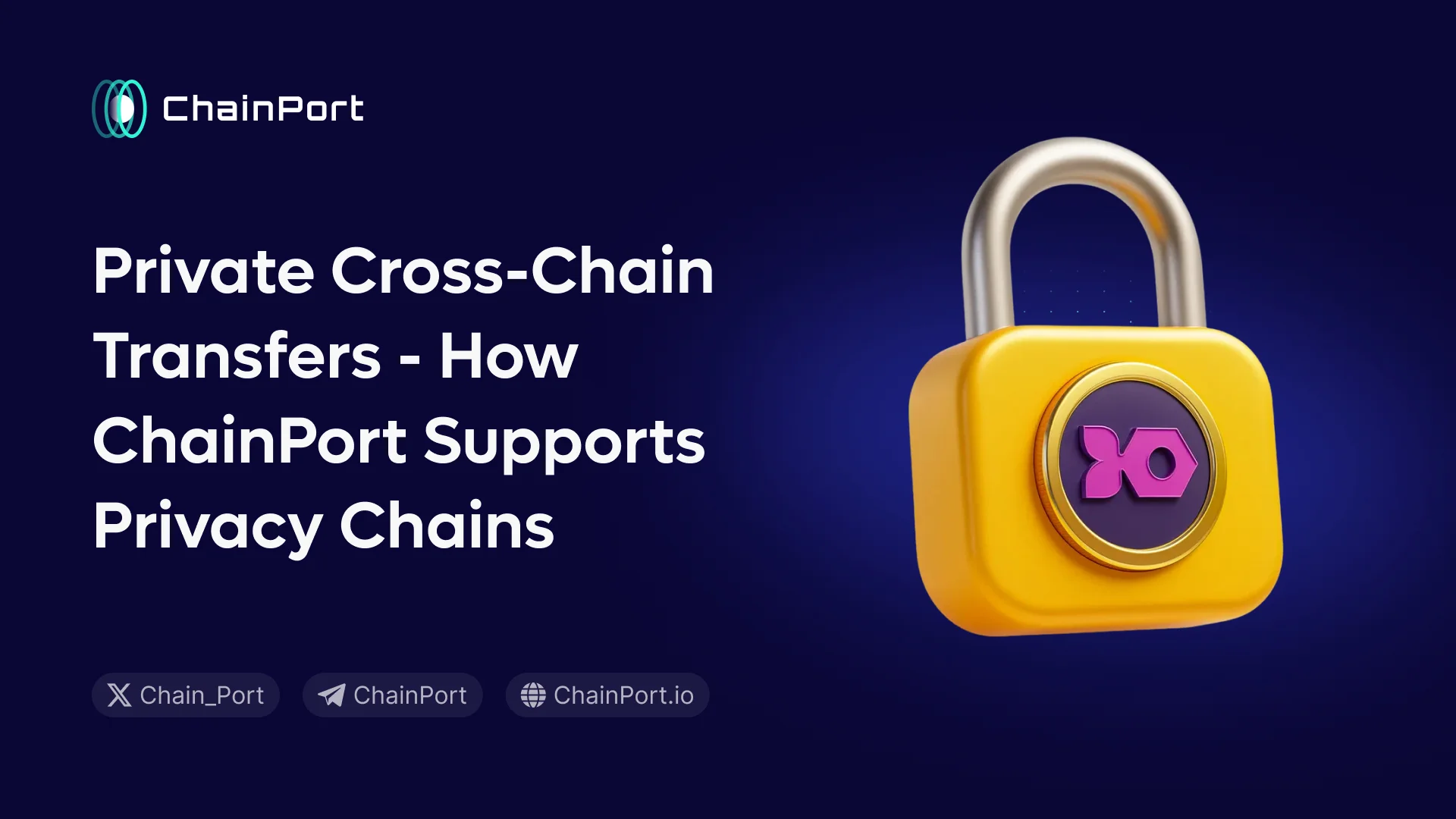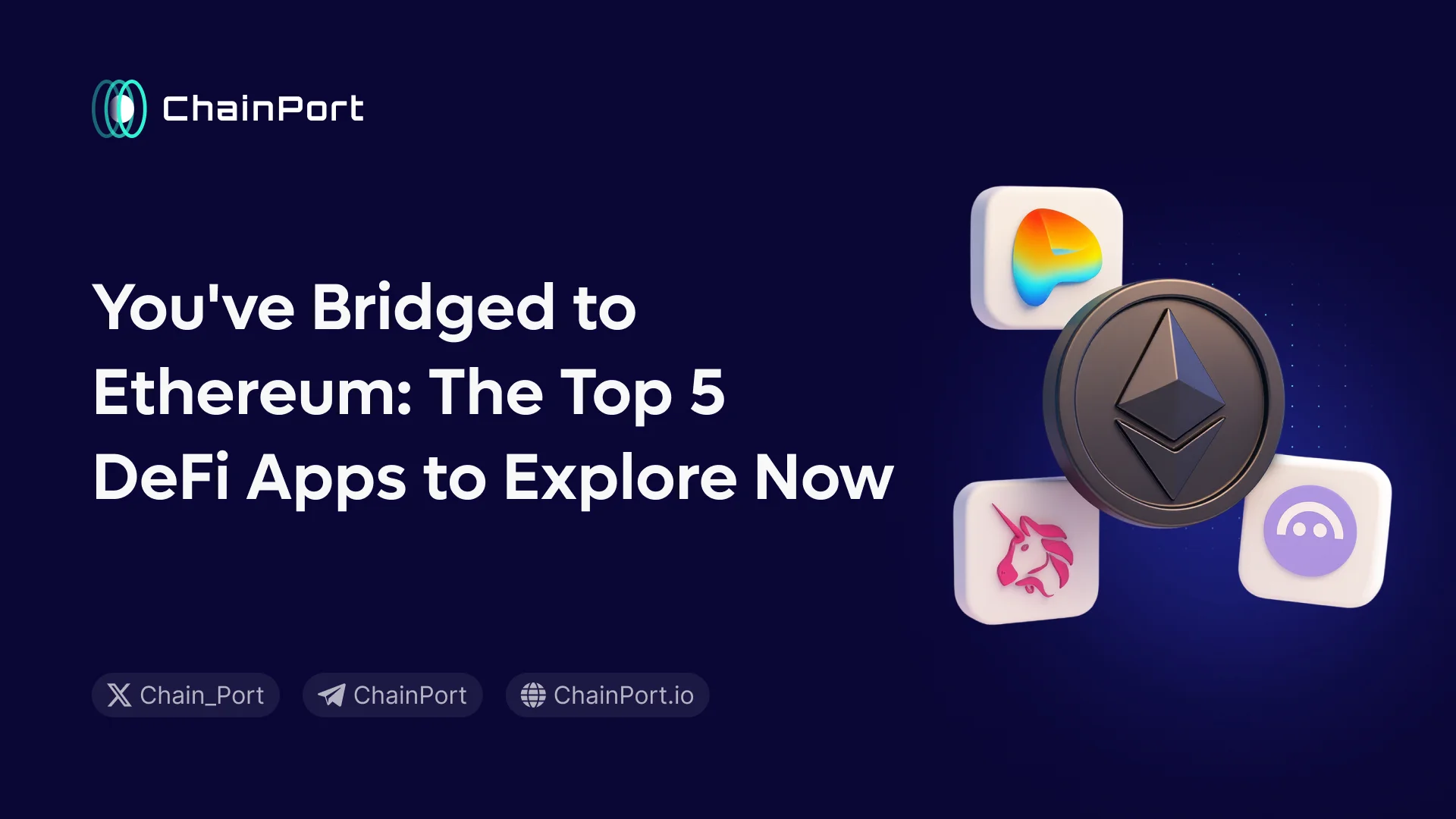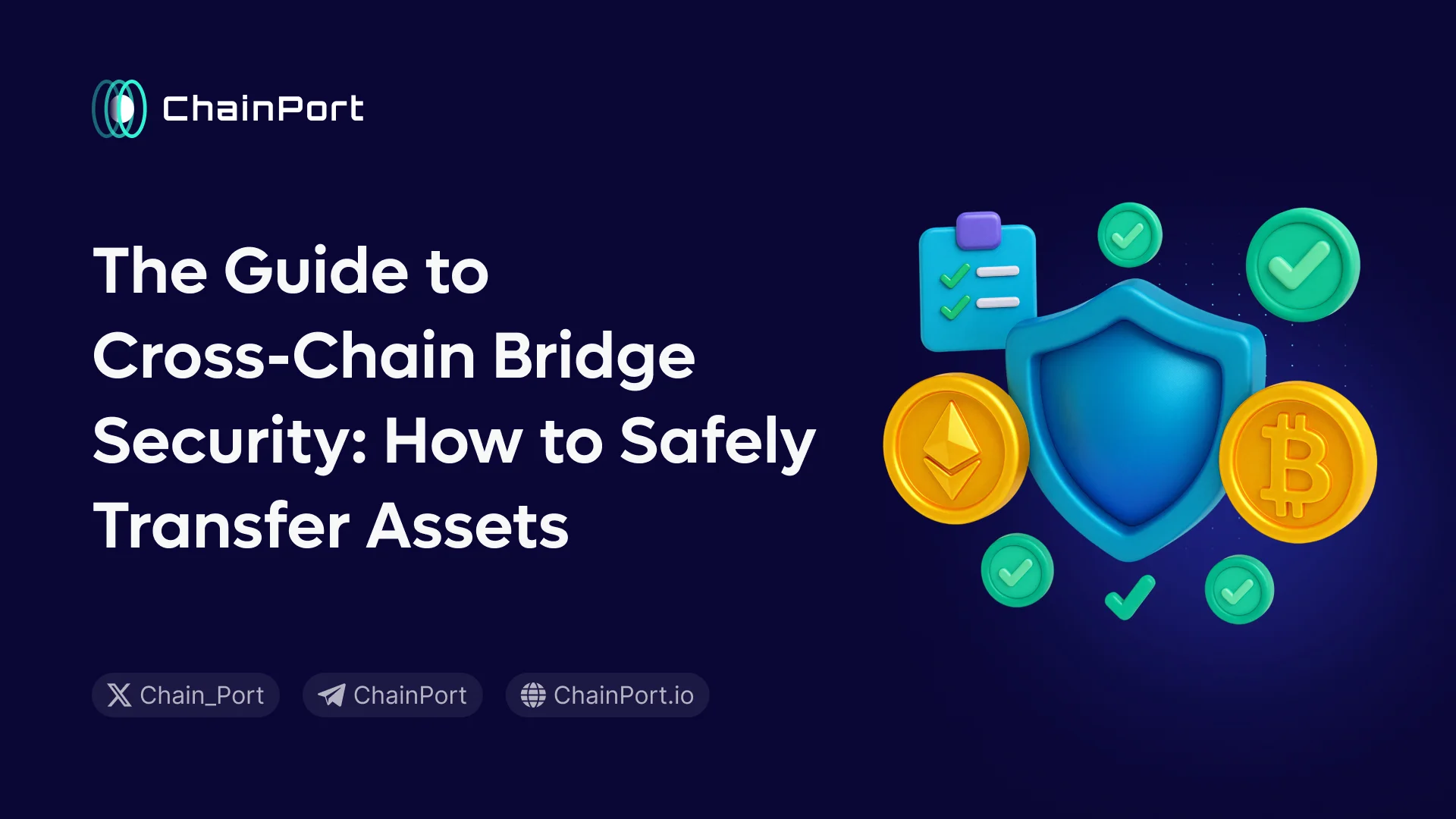Base and Linea are both popular Layer 2 networks, but they serve different communities and host different dApps. It is also worth noting that Base is OP-stack based and Linea is zk-EVM based. Bridging tokens between them expands your project’s reach and allows users to interact across ecosystems easily. In this tutorial, we’ll walk you through how to bridge tokens from Base to Linea using ChainPort.
How to Bridge Tokens from Base to Linea
Step 1 - Connect Your Wallet
Go to ChainPort's bridge (https://app.chainport.io/) and connect your wallet. ChainPort supports Ledger, Trezor, Coinbase Wallet, Wallet Connect, and Metamask wallets. Select the wallet with the Base-based tokens you wish to bridge to Linea.
.webp)
Step 2 - Select the Chains & Token
In the drop-down menu, select the source blockchain and token. In our case, the source chain is Base. Select Linea as the target chain.
.webp)
Step 3 - Confirm Tx & Get Tokens
Review all the related information, such as gas fees and the token, before confirming the transaction. Once you have confirmed all details, approve the transaction and wait a few minutes for it to be processed. Afterward, your tokens have been bridged from Base to Linea.
.webp)
Why Bridge Tokens?
Bridging tokens enables users and projects to seamlessly transfer assets across different blockchain networks like Linea, unlocking liquidity, lowering transaction fees, and tapping into diverse ecosystem opportunities. DeFi users can access dApps and protocols on new chains without selling or swapping assets, while developers benefit from expanded token utility and broader user adoption.
With cross-chain interoperability, projects can engage larger communities, scale more effectively, and build flexible, composable applications unconstrained by a single network. Bridging is a cornerstone of a more connected, efficient, and decentralized Web3 ecosystem, empowering both users and builders to thrive across chains like Linea.
What are the Bridging Fees?
ChainPort applies a simple, transparent 0.3% fee on each bridging transaction—one of the lowest rates among cross-chain bridges. This fee supports the protocol’s sustainability, including security audits and continuous development. Users always maintain full custody of their tokens during bridging.
Gas fees are also required, but they’re generally minimal on Layer 2 networks like Base and Linea.
What is Base?
Base is a secure, low-cost Layer 2 blockchain built on the Optimism stack and incubated by Coinbase. Designed to bring the next billion users on-chain, Base offers full EVM compatibility, allowing developers to easily deploy Ethereum-based dApps with faster speeds and significantly lower fees. As a Layer 2, it processes transactions off-chain while relying on Ethereum for security, making it scalable and efficient.
What is Linea?
Linea is a Layer 2 zkEVM rollup developed by ConsenSys that leverages zero-knowledge proofs to scale Ethereum. Fully compatible with the Ethereum Virtual Machine (EVM), Linea allows developers to deploy existing Ethereum smart contracts and dApps with minimal changes. The L2 offers significantly lower gas fees and faster transaction speeds while maintaining Ethereum-level security by posting proofs back to the mainnet. Linea supports the same developer tools and infrastructure as Ethereum, making it easy to build and scale decentralized applications.
Final Thoughts
Bridging a dApp from Base to Linea can unlock greater privacy through Linea’s zk-EVM architecture and boost exposure to new users. ChainPort makes this transition easy, offering an affordable, secure, and fast bridging solution for projects ready to scale across ecosystems.






